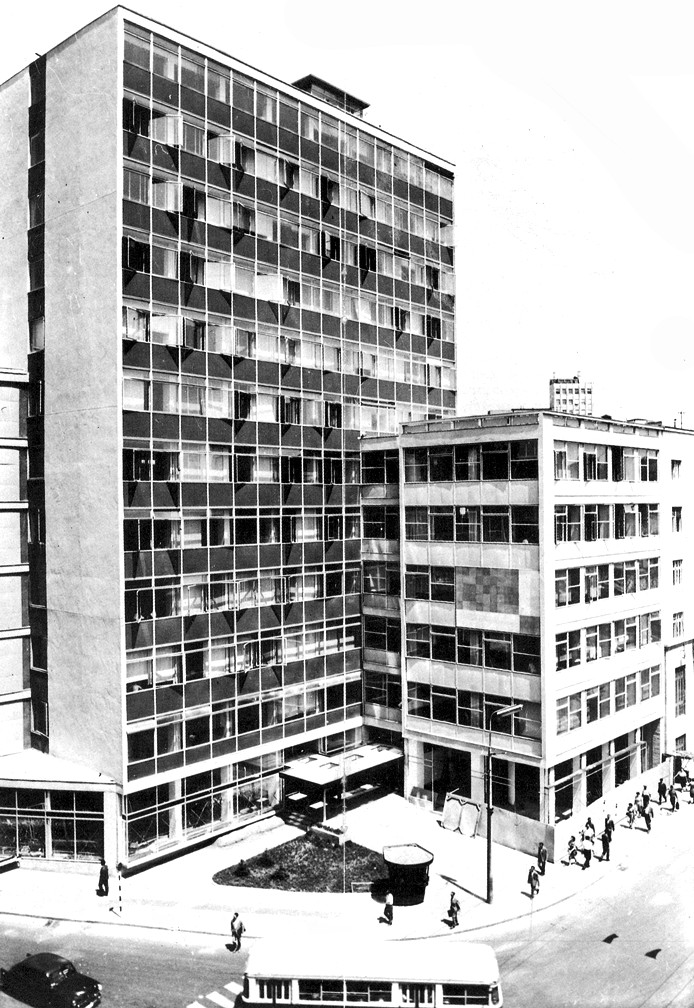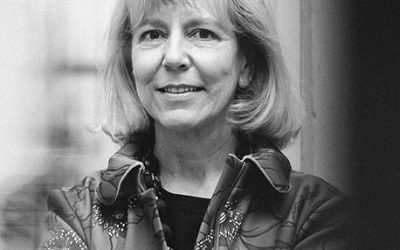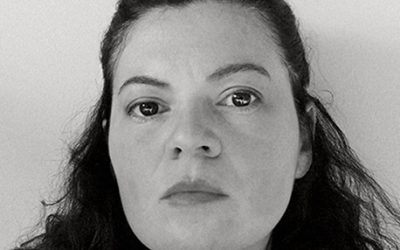Rade Mrlješ, Architect
The urban heritage of Belgrade, often fragmented due to changing social and political circumstances, highlights the importance of methodological approaches in the urban renewal of the city after World War II, in which numerous eminent architects and urbanists participated. This paper focuses on the role of high modernism in shaping Belgrade’s architecture and urbanism, particularly through the paradigm of the work of architect Milica Šterić. The Energoprojekt Building (1956–1960) in the Zeleni Venac area, as a key example of postwar modern architecture, will be analyzed through the lens of urban renewal strategies that aim to reconcile historical and contemporary urban structures.

The research addresses the application of modernist principles in the protection of urban heritage, emphasizing that traditional and modern elements do not necessarily have to be opposed, but can coexist. By analyzing Milica Šterić’s work, this study aims to highlight the challenges of preserving the identity of urban units, particularly in the context of applying modernist principles in historical urban environments, and the architect’s contribution to high modernism in Belgrade’s urbanism.








